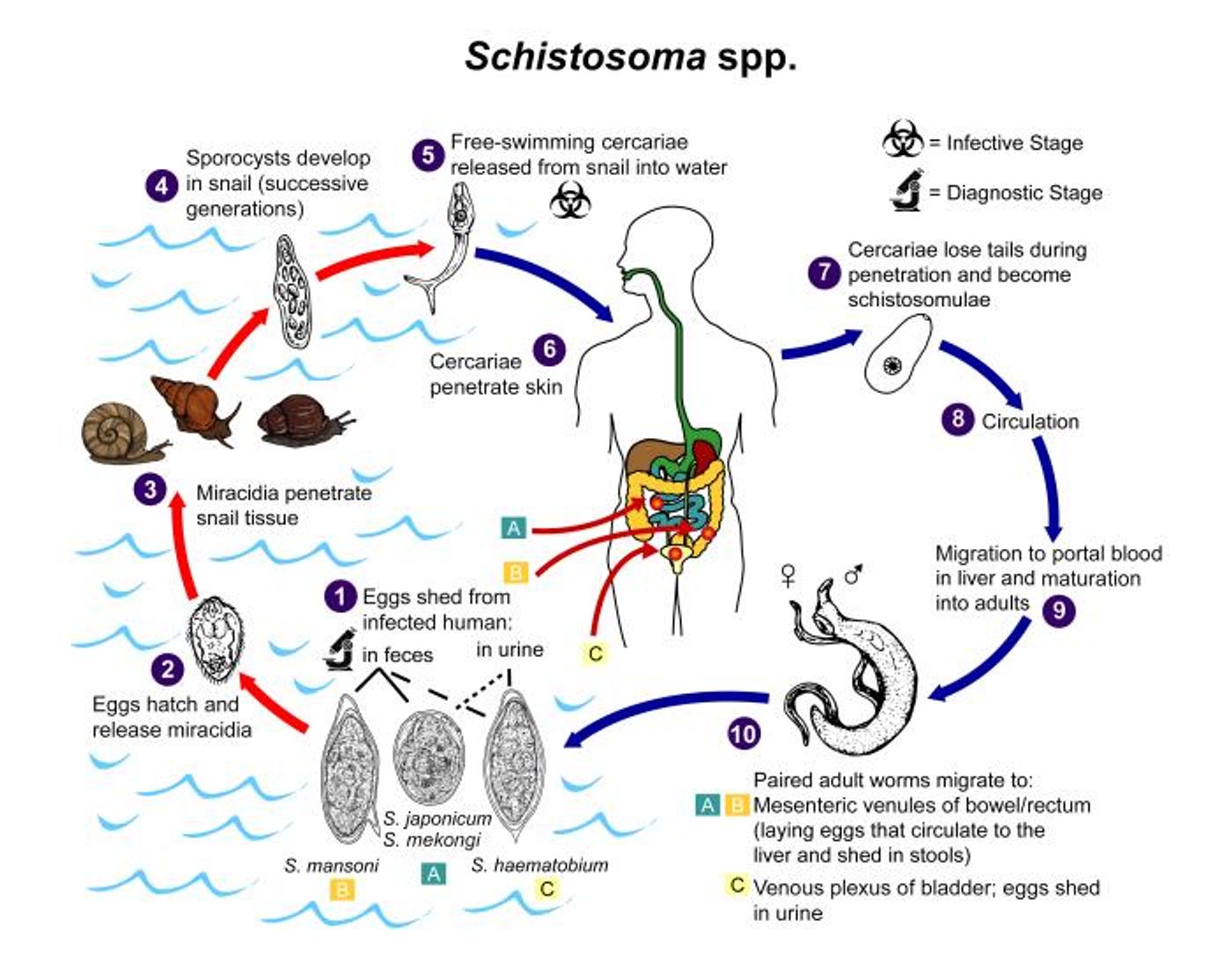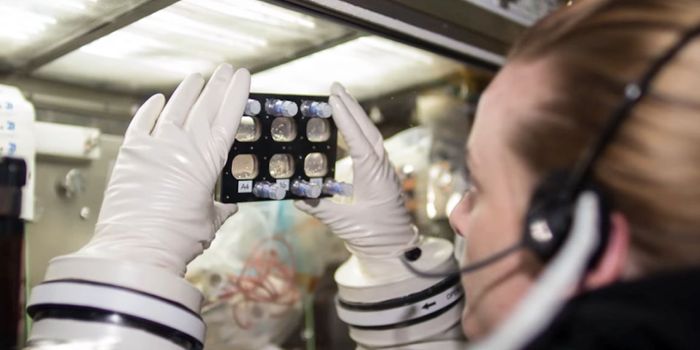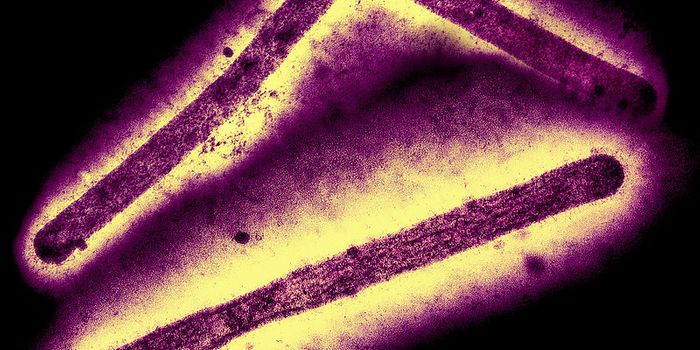Human or Host? Parasites in Human History & Prehistory
We’ve all seen the latest historical interpretations on television, the movies, or even the stage. And while talented costumers, set producers, and makeup artists can work wonders in re-creating the past right down to unfortunate trends in premodern dental health, there’s something we don’t often see -or even think about- when it comes to human history: parasites.
Recently, the oldest known inscription (ever!) to use a phonetic alphabet was identified on a Canaanite comb from 4,000 years ago, The inscription reads, "May this tusk root out the lice of the hai[r and the] beard." This find showcases what it meant -and still means- to be human, i.e., to live with parasites of all forms.
Paleoparasitology is a specialized field within archaeology (and paleontology) that focuses on human-parasite relationships that have dominated our history and prehistory globally. The types of parasites that pester human populations differ from group to group -or population to population- depending on several factors like which environments we are living in, what animals we are interacting with, and how people interact with one another. The types of parasites that archaeologists can study also differ situationally, that is, depending on the preservation: i.e. mummified human remains vs. excavating a latrine or cesspool.
Apologies in advance if you feel itchy after reading.
Lice, Nits, and Otherwise Itchy Finds

Although eggs had been identified on both South American and Egyptian mummies prior to 1924, that was the year that the first adult lice were isolated and reported on from an Egyptian Mummy. Since then, nits, lice, and their eggs have been identified on mummies from various South American countries, Egypt, China, Greenland, and the Aleutian Islands (this is including both natural mummies and intentionally created mummies).
Lice have even been used to estimate when humans started to wear clothing by looking at when head lice evolved into body lice, approximately 70,000 to 170,000 years ago.
Our legacy with lice is a long one. Lice eggs collected from human remains in Brazil have been radiocarbon dated to 10,000 years ago. And while they didn’t have a special medicated soap to rid themselves of lice, special louse combs have been identified in Ancient Egyptian contexts from 6,500 years ago. Jumping to a little later in time, body lice eggs have also been found in 10th-14th century ‘Viking-Age’ Greenland.
And while head/body lice and nits are no fun for anyone, lets not forget the other sort of ectoparasite that’s followed humans around - Pthirus pubis L., or pubic lice- which have been found in Roman and medieval Britain.
Finally, and importantly, these parasites can spread more than just an itch, they can also spread disease. Lice and fleas in particular have been associated with several disease outbreaks in history. Most notably being the Bubonic Plague (associated with both fleas and lice), however molecular analysis has shown that louse-born infectious diseases played pivotal roles throughout history. For example B. quintana, which causes trench fever, “affected nearly one-third of Napoleon’s soldiers buried in Vilnius and indicate that these diseases might have been a major factor in the French retreat from Russia.”
Internal Irritations
Unfortunately for us, our external irritants are not the only parasites that have accompanied humans over time. Endoparasties, those that survive and reproduce inside of humans and animals, can also be identified by archaeologists.
The first endoparasite identified within mummified human remains was by Sir Marc Armand Ruffer in 1910. What he found were the calcified eggs of Schistosoma haematobium, the cause of schistosomiasis, in the preserved kidney of an Egyptian mummy dating to 3200 BCE. Today, the prevalence of schistosomiasis as a parasitic disease is second only to malaria worldwide.
Above Image: Life cycle of flatworms of the genus Schistosoma. Image Credit: CDC
More recently, Dr. Piers D. Mitchell and his colleagues, have reported on intestinal parasites identified at archaeological sites in the Mediterranean without having mummies. How did they do this you ask? Latrines.

At a crusader-period site in modern Israel, roundworm (Ascaris lumbricoides) and fish tapeworm (Diphyllobothrium latum) were identified in latrine soils. This is particularly interesting given that this type of fish tapeworm was extremely uncommon in the eastern Mediterranean at the time. It was, however, very common in northern Europe. This case, as well as a recent case of ectoparasite DNA extraction, shows how regional parasites can spread with human migration and how we may be able to track prehistoric and historic human migration events and patterns using parasites.
However, it is also possible to find parasite eggs in other contexts. They have, so far, been identified in coprolites (preserved fecal matter), or even in soil samples taken from non-mummified human burials in the area that was the digestive system. Some parasites, like Echinococcus granulosus (causes Hydatid disease), can create calcified cysts in the human liver and lungs, that, given fantastic preservation, can also be identified in skeletonized inhumation burials (non-mummified). These cysts have been found in medieval Iceland and were likely accidentally spread to humans from domesticated animals.
While there is so much more to say about parasites and what we can learn from them throughout human history and prehistory, let’s leave it at this, the next time you sit back to watch your favorite historical drama remember, almost everyone was probably just really itchy.
Sources: International Journal of Paleopathology (1), International Journal of Paleopathology (2), Science, Microbiology Spectrum, Trends in Parasitology, Journal of Egyptian Archaeology, Journal of Medical Entomology, Antiquity, ScienceDirect, The Lancet, The Journal of Infectious Diseases, Advances in Parasitology: Fossil Parasites, CDC, Britannica, International Journal of Osteoarchaeology, Nature, EurekaAlert!, Jerusalem Journal of Archaeology, Science News









